Whether you’re equipping a single work cell or orchestrating a full line, the performance, safety, and ROI of your jib crane come down to the details—the individual jib crane components that turn power into smooth, precise material movement. This guide breaks down every critical element you’ll encounter, how each affects uptime and ergonomics, and what to consider when selecting, inspecting, and maintaining them.
Want the power-and-controls view first? See Which Jib Crane Components Require Power or Controls?
Table of Contents
ToggleThe Core Structure: Boom, Support, and Rotation
1) Boom (Jib Arm)
The boom is the horizontal beam that defines your reach and hook coverage. Its stiffness, profile, and length determine:
- Placement accuracy (less deflection = faster, first-time-right sets)
- Usable headroom (low-headroom hoists and trolleys gain lift height)
- Hook path (clean, unobstructed travel reduces sway and rework)
Selection cues: map actual working span (boom length minus ~½ trolley length at each end), under-boom clearance, and obstructions. If your workflow weaves around machines or columns, consider articulated geometry to keep lifts vertical and avoid side-pulls (see Articulated Jib Crane – Wall Mounted).
2) Mast/Column or Wall Bracket
This vertical support transfers moment loads into the floor or building steel. For freestanding pillars, base plate design, grout plan, and anchor sizing are mission-critical. For wall-mounted systems, verify building steel capacity and fastener details.
Pro tip: record anchor torque values and recheck after commissioning—early relaxation is common.
3) Slewing/Rotation Assembly
This is the pivot that lets the boom swing (typically 180–360°). Designs range from bushings and pin/bore sets to slewing rings and powered drives.
- What it changes: operator push force, precision near set-down, and fatigue
- What to specify: lubrication method, access to grease points, mechanical stops or programmable limits to avoid collisions
The Motion Chain: Trolley and Hoist
4) Trolley (Manual or Powered)
The trolley carries the hoist along the boom. Wheel profile, bearing quality, and geometry alignment are the big levers.
- Manual trolleys shine for light loads and short reaches.
- Powered trolleys add consistency and speed for repetitive stations.
Watch for: track contamination (weld spatter, grit), flat-spotted wheels, and skewing—these quietly increase cycle times and wear.
5) Hoist (Manual, Electric Chain, or Wire Rope)
The hoist creates vertical motion. Your choices here affect throughput more than any other jib crane components.
- Duty class must match cycles/hour and shifts/day.
- Speeds: dual-speed or VFD controls deliver soft starts, precise inching, and less sway.
- Protection: thermal sensors, overload monitoring, and robust brakes prevent misuse and shorten troubleshooting.
Rule of thumb: spec for your typical heavy lift and actual cycle rate—not the rare outlier.
The Nervous System: Power, Controls, and Cabling
6) Control Interfaces
- Pendant controls are simple and durable; make sure strain reliefs prevent cable pull.
- Radio remotes boost line-of-sight safety and reduce cable snags; keep spare charged batteries at the workstation.
Ergonomics = efficiency. When operators can stand where they see best, cycle times drop and mistakes go down.
7) Power Feed & Cable Management
- Festoon systems: time-tested, easy to inspect.
- Energy chains: tidy in tight layouts with frequent movement.
- Slip rings/collector rings: enable continuous 360° rotation on powered slewing.
Spec for environment: heat, moisture, dust, and chemicals drive enclosure ratings, jacket materials, and sealing.
The Business End: End Effectors (Lifting Attachments)
This is where the crane meets your material, and it can make or break quality and cycle time.
- Hooks & shackles: versatile and simple; inspect throat opening and latch integrity.
- Clamps and grabs: ideal for blocks, precast, and stone. A dedicated slab lifter adds speed and protects edges.
- Scissor-style lifters: fast mechanical gripping for plates or bundles (see scissor lifter).
- Vacuum and magnetic lifters: panel and sheet pros—minimize surface damage and reduce rigging time.
Why this matters: the right end effector can easily save 10–30% on each handling cycle by reducing “hook to secure” time and rework.
The Safety Net: Limits, Interlocks, and Overload Protection
8) Limit Switches
Upper/lower hoist limits and trolley travel limits prevent mechanical over-travel. Rotation limits (mechanical or electronic) define safe zones in tight cells.
9) Overload Devices & E-Stops
Load monitoring guards against misuse; E-stops must remove motion power immediately. Visible alarms and clear capacity signage drive confident, safe operation—the paradoxical result is faster work with fewer hesitations.
Environmental & Integration Considerations
- Corrosive or wet areas: galvanized hardware, stainless fasteners, sealed bearings, IP-rated enclosures.
- Hazardous areas: explosion-proof controls and air hoists.
- Industry 4.0: VFDs and smart controllers can log faults, count cycles, and feed CMMS/IIoT for predictive maintenance.
Putting It Together: A Component-First Spec Checklist
Use this copy-paste list for RFQs and commissioning reviews:
- Capacity & Duty — Rated capacity + 15–20% buffer; hoist duty class aligned to cycles/hour and shifts/day.
- Coverage — Reach, under-boom clearance, hook path, and swing arc mapped against obstructions.
- Boom & Support — Section profile, stiffness targets, base/wall details, anchor torque plan.
- Slewing — Manual vs VFD-powered; lubrication access; mechanical/electronic stops.
- Trolley — Wheel profile matched to beam; sealed bearings; low-headroom options.
- Hoist — Dual-speed or VFD; brake ratings; overload and thermal protection; limit switch setup.
- Controls — Pendant vs radio; channel/interference plan; spare battery routine.
- Power Feed — Festoon, energy chain, or slip ring sized to motion and environment.
- End Effectors — Job-specific tooling (e.g., scissor lifter, slab lifter) and spare wear parts.
- Safety — E-stops, limit sets, alarms, signage; acceptance test and training plan.
- Documentation — Baseline measurements (boom deflection, slewing backlash, anchor torque), maintenance intervals, and spares list.
Maintenance: Keeping Components Inside the “Green Zone”
A lean routine keeps small issues from becoming downtime:
- Daily (operator): walk-around, rigging and hook check, quick function test (up/down, trolley, slew, limits, E-stop).
- Monthly (tech): clean the track; check trolley wheels/bearings; verify brake gap; inspect cables/festoon; torque sample on anchors.
- Quarterly: measure slewing backlash; oil sample on gearboxes (if applicable); inspect pendant/radio; refresh signage.
- Annually: load test/certification; NDT on critical welds; overload calibration; insulation resistance tests; update baseline measurements.
If you notice drift, noise, heat, or growing effort to rotate/travel, you may be entering the wear zone—learn the tell-tales in When are Jib Crane Components Worn or Damaged? and tighten your inspection cadence using What Steps Help Inspect Jib Crane Components Properly?.
Matching Components to Workflow: Practical Pairings
- Tight cells with obstacles: articulated boom + VFD hoist + radio control for short, precise hook paths.
- Panel and sheet handling: low-headroom trolley + vacuum or magnetic lifter (minimize surface damage and rework).
- Stone/blocks: robust clamps or slab lifter with replaceable pads to protect finish.
- Service bays and testing: portable aids like a Gantry Crane can complement a jib for maintenance tasks and balanced lifts.
Frequently Asked Questions
Q: What single component upgrade most improves productivity?
A: A VFD hoist (with dual-speed pendant or radio) usually delivers the biggest cycle-time win—soft starts, precise inching, and less sway.
Q: How do I protect the slewing assembly?
A: Avoid side-pulls, use soft-start rotation where feasible, set rotation stops, and keep to the grease schedule. Record backlash at the hook each quarter.
Q: What if my operators constantly fight obstacles?
A: You’re battling geometry. Switch to an articulated wall-mounted unit to route loads cleanly and reduce shock loads to bearings and anchors.
The Bottom Line
Every lift is a chain reaction: boom → slewing → trolley → hoist → end effector → controls. When each of these jib crane components is correctly specified, installed, and maintained, you get safer lifts, faster cycles, and lower total cost to lift. Start with an honest map of loads, cycles, and workspace, then choose components that fit the job—not the other way around.
For deeper dives and next steps:
- Which Jib Crane Components Require Power or Controls?
- When are Jib Crane Components Worn or Damaged?
- What Steps Help Inspect Jib Crane Components Properly?
Ready to configure the right package for your space, materials, and duty? Explore more crane products—including articulated options, low-headroom trolleys, and application-specific lifters like the scissor lifter and slab lifter—and build a system that moves more with less effort.

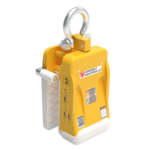
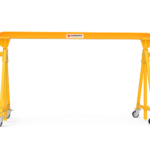
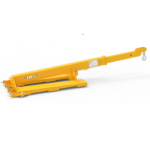
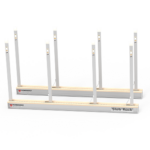
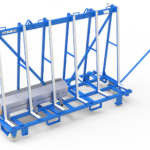
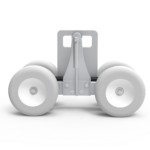
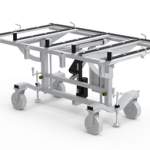
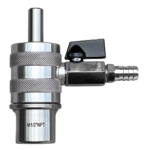
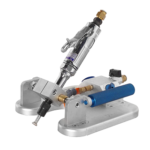
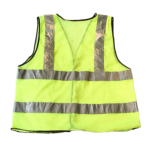
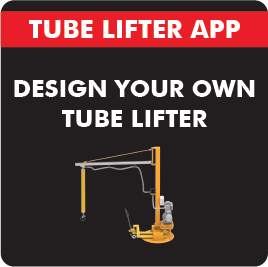
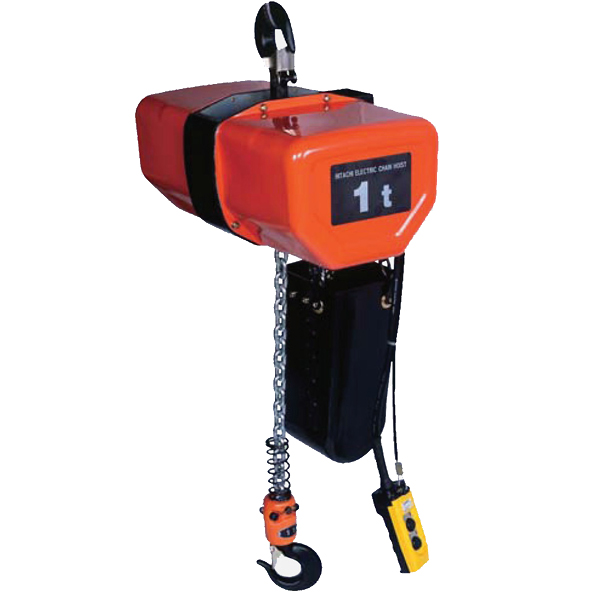
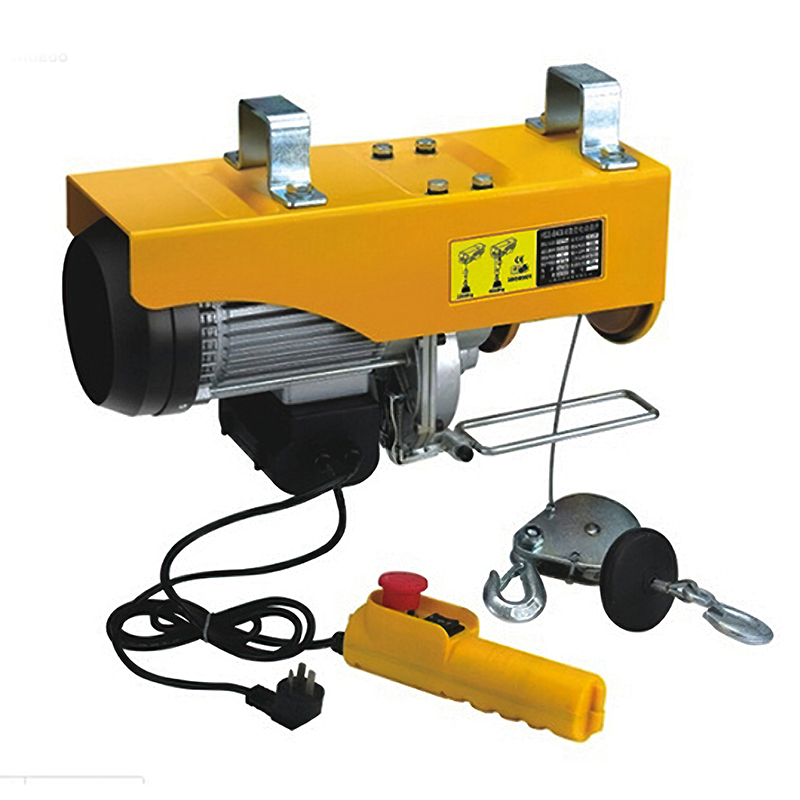
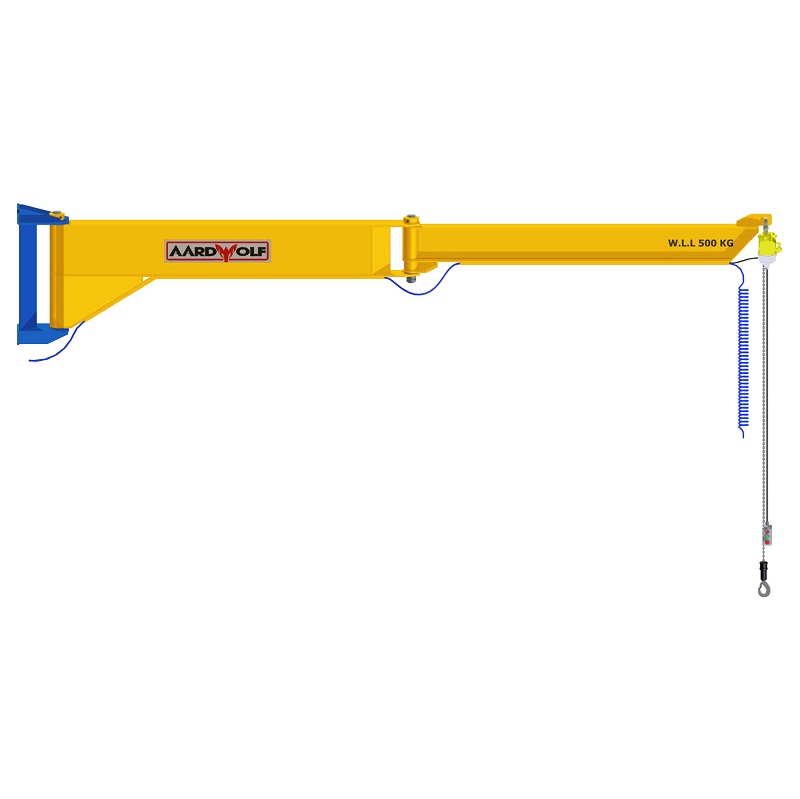
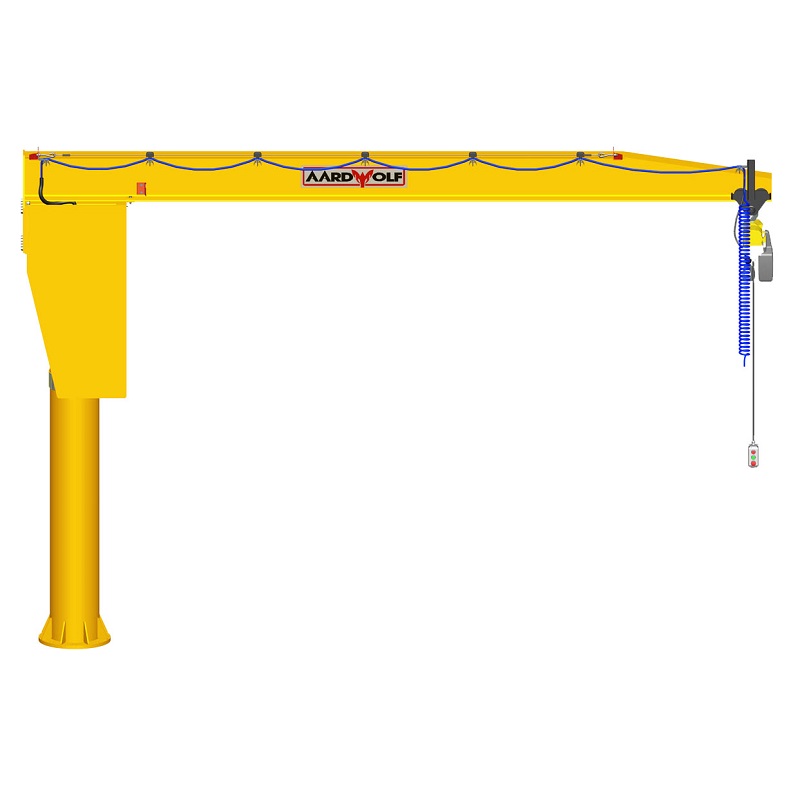


Please log in to leave a comment.